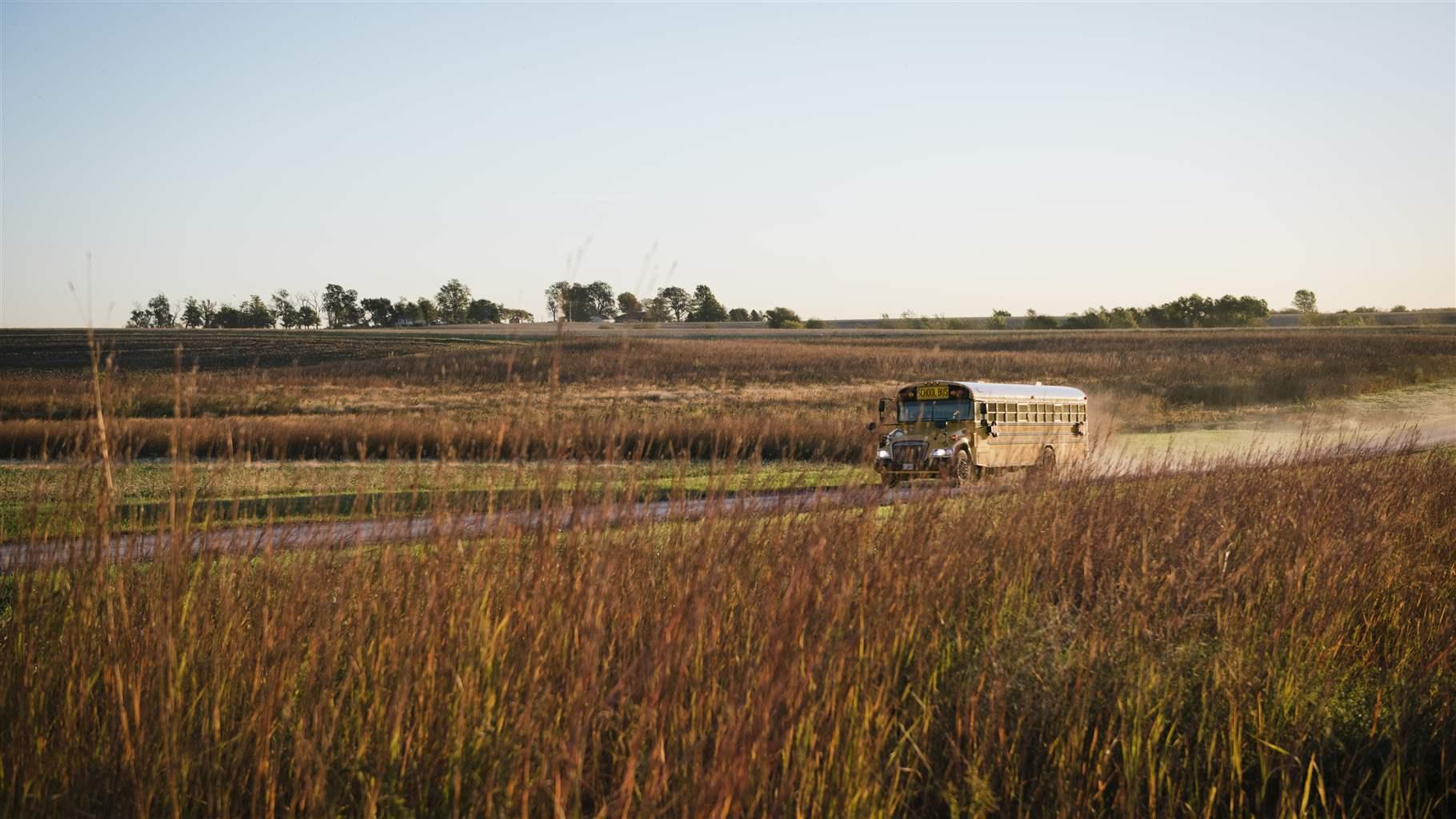Child and Maternal Health in Rural Areas Lags the Nation, Highlighting Barriers to Access
Cross-sector solutions needed to address complex challenges

One in five Americans lives in a rural area, including about 18 million women of reproductive age, but key indicators, including mortality figures, show that the health of mothers and children in these communities lags behind that of their urban peers and is worsening. Nationwide, child mortality rates have declined over the past decade, but recent research shows that improvement among infants and young children has been much slower in rural areas. To reverse these disparities and improve overall outcomes, government agencies at all levels, as well as health providers, policymakers, and communities, must combine their expertise and resources to identify effective solutions that address the complex drivers of health and well-being among mothers and their children.
Many challenges contribute to disparities in health outcomes in rural areas, including closures of maternity units and hospitals and a growing shortage of primary care physicians, especially in the most remote places. But research also shows that many other factors contribute to health, such as housing, education, and transportation, and can play key roles in negative outcomes for women and children, including premature birth, low birth weight, maternal mortality, severe maternal morbidity, and increased risk of postpartum depression.
Transportation can be particularly challenging for people in rural areas, who often must travel long distances to get health care services and have few or no public transit options. According to the Centers for Medicaid & Medicare Services, 10 to 40 percent of women do not complete a postpartum visit, in part because of geographic isolation, limited transportation, and a lack of child care.
Communities and providers have attempted a range of solutions to address transportation barriers, including ride-hailing services, volunteer driver programs, mobile and school-based clinics, and home visits. Some states are also aggressively pushing to increase the availability of high-speed internet access in rural areas to support telehealth services, which have been hindered in many places by a lack of broadband.
To help address these issues, the Health Impact Project, a collaboration of the Robert Wood Johnson Foundation and The Pew Charitable Trusts, is supporting state-level agencies and community organizations across the country in identifying and implementing strategies to improve infant and maternal health. The initiative is helping partners in Colorado, Kansas, Louisiana, Michigan, Minnesota, Mississippi, New Jersey, Virginia, Washington, and the District of Columbia to develop leadership structures and skills to provide a blueprint for future interagency strategies that can address challenges.
Research and data on child mortality confirm the impact of a range of social determinants of health on these deaths. That’s why policymakers and community leaders need to encourage and participate in collaborative efforts that look well beyond health care systems.
Stacey Millett directs the Health Impact Project, a collaboration of the Robert Wood Johnson Foundation and The Pew Charitable Trusts.











